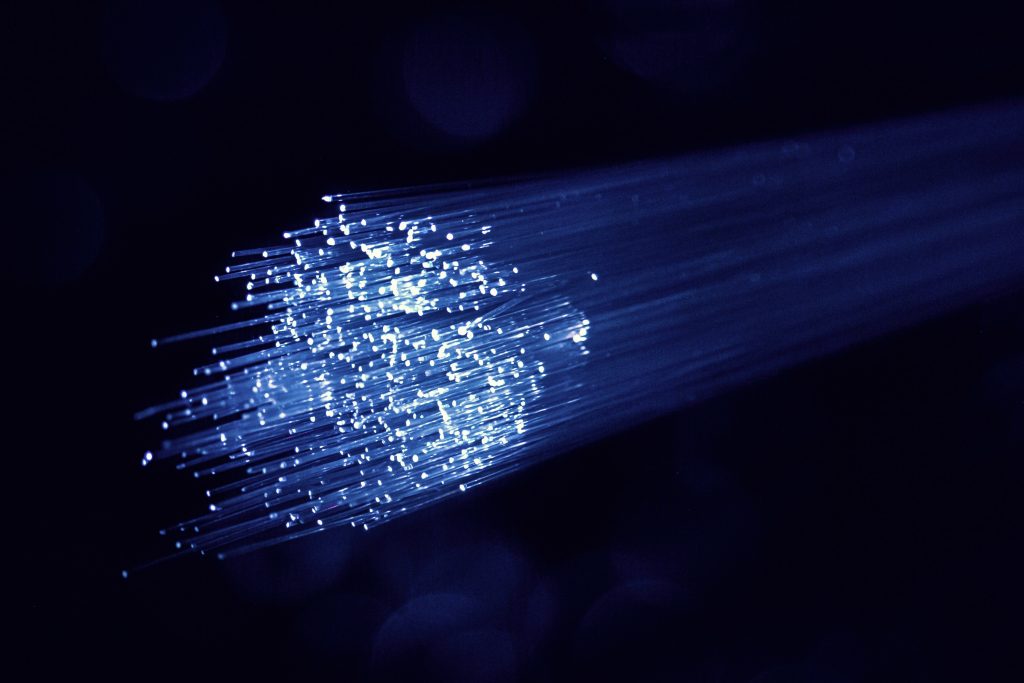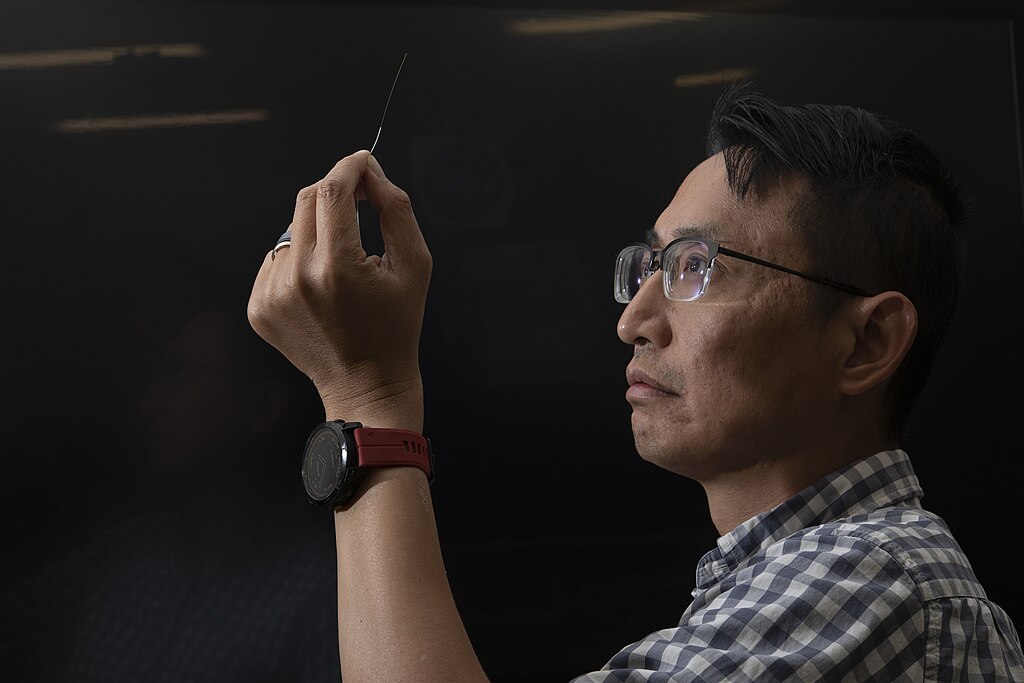In an increasingly connected world, the backbone of modern communication and data transmission lies in a technology that is both elegant and versatile: optical fibers. These slender strands of glass or plastic have revolutionized the way we transmit information, offering unparalleled speed, reliability, and security.
What Are Optical Fibers?
Optical fibers are ultra-thin, flexible strands made primarily of glass or plastic. They are designed to transmit information in the form of light pulses over long distances. At their core, optical fibers consist of three main components:
Core: The innermost part where light travels. It is typically made of high-purity glass or plastic with specific optical properties to facilitate efficient light transmission.
Cladding: Surrounding the core is a layer known as the cladding, which has a lower refractive index. This difference in refractive index enables total internal reflection, trapping the light within the core.
Buffer / Coating: An outer layer that provides mechanical protection and prevents damage to the delicate core.
Optical fibers are the core transmission elements that carry data using light, while fiber optic cables are the complete packages that protect and house these fibers, making them suitable for practical use in various applications. These components work in unison to ensure that light signals travel down the fiber with minimal signal loss and dispersion, making optical fibers the preferred choice for high-speed data transmission.

What are the Types of Optical Fibers?
Optical fibers come in various types, but two primary categories are single-mode and multi-mode fibers. Their key difference lies in how they facilitate the propagation of light:
Single-Mode Fiber (SMF):
Core Size: Extremely small, typically around 8-10 micrometers.
Light Propagation: Supports only one mode of light propagation, allowing a single light beam to travel through the core.
Applications: Ideal for long-distance communication, such as telecommunications and high-speed data transmission over hundreds of kilometers.
Multi-Mode Fiber (MMF):
Core Size: Larger, typically 50-62.5 micrometers.
Light Propagation: Supports multiple modes of light propagation, allowing multiple light beams to travel through the core simultaneously.
Applications: Commonly used in shorter-distance communication, like local area networks (LANs), due to their larger core size.
The choice between single-mode and multi-mode fibers depends on the specific requirements of a given application, such as transmission distance, data capacity, and signal quality.
Applications in Test and Measurement
Optical fibers are instrumental in the field of test and measurement, offering unique advantages for precision and accuracy. Here’s how they shine in various applications:
Sensors and Sensing Systems: Optical fibers serve as sensors for measuring parameters like temperature, strain, and pressure. Their ability to transmit light over long distances allows for distributed and highly accurate measurements, essential in industries such as structural health monitoring and environmental sensing.
Fiber-Optic Gyroscopes (FOGs): FOGs leverage optical fibers to measure rotation or angular velocity with exceptional precision. They find applications in navigation systems and scientific equipment requiring precise rotational measurements.
Distributed Temperature and Strain Sensing: These systems use optical fibers to monitor temperature and strain continuously along their length. This is invaluable in monitoring pipelines, power lines, and other extensive infrastructure.

Interferometric Measurement: Optical fibers enable highly sensitive measurements of length, displacement, and refractive index changes. They’re used in applications like vibration analysis and surface profile measurement.
Optical Time-Domain Reflectometry (OTDR): OTDR employs optical fibers to locate faults and assess the quality of fiber-optic networks, vital for maintenance and troubleshooting.
Spectroscopy and Analytical Chemistry: Optical fibers guide light for spectroscopic analysis, enabling precise substance composition analysis in environmental monitoring, food safety, and medical diagnostics.
Biomedical Imaging: Fiber-optic probes allow non-invasive medical imaging, playing a crucial role in endoscopy and optical coherence tomography (OCT) for visualizing internal tissues.
Time and Frequency Distribution: Optical fibers distribute accurate time and frequency signals over long distances, ensuring synchronization in telecommunications, finance, and scientific experiments.
Optical fibers are the unsung heroes of our digital age, underpinning global communications and providing the backbone for a myriad of test and measurement applications. With their remarkable ability to transmit light across vast distances with minimal loss, these slender strands have transformed the way we connect, communicate, and measure the world around us.